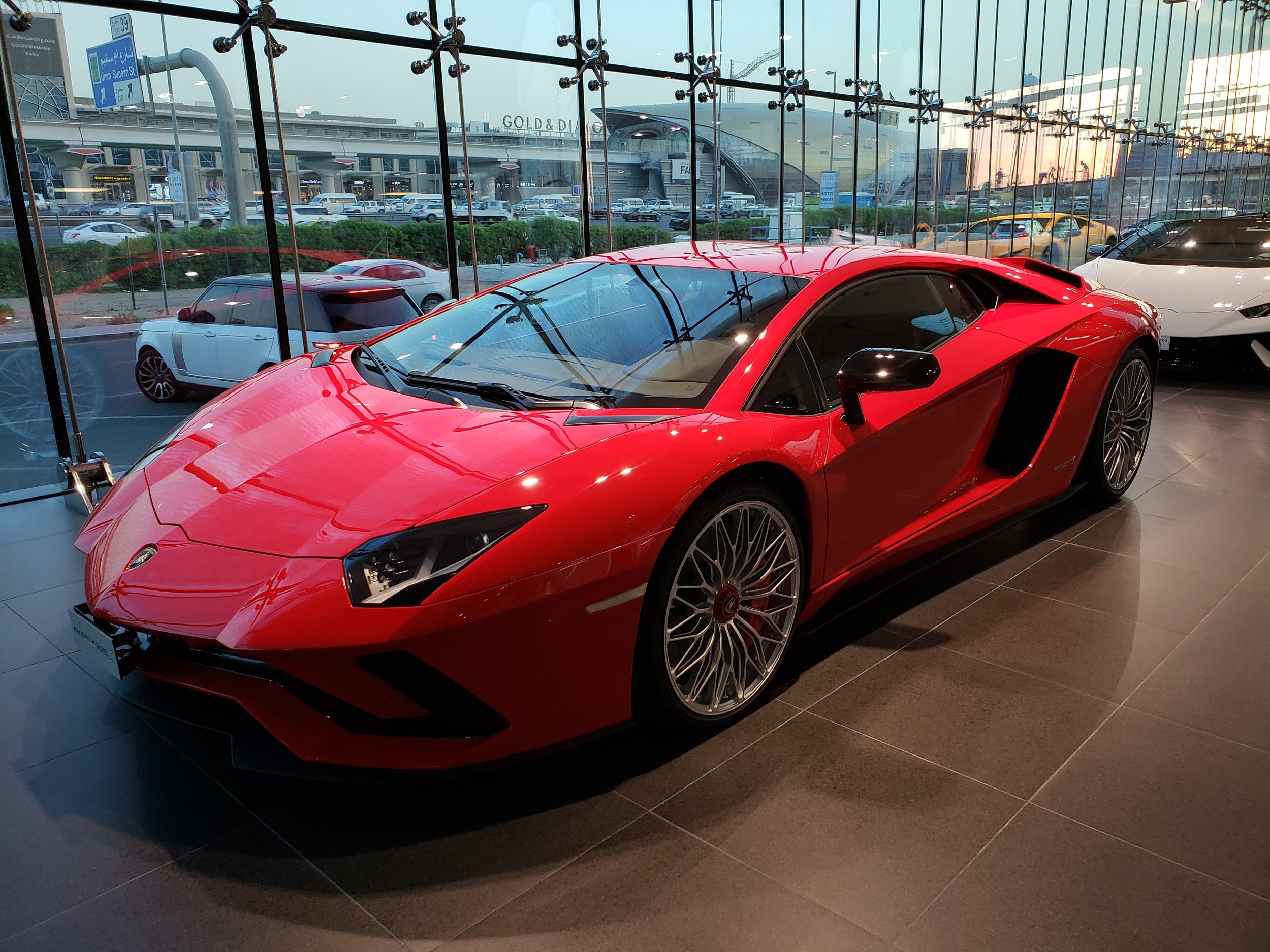
How To Get Around in Dubai
How To Get Around in Dubai
Dubai is built around the “creek” which is essentially a long harbour that splits Deira and Bur Dubai. The Sheik Zayed Rd runs north to south and travels all the way through multiple emirates (changing names as it goes). There are a number of tolls on the road, which will be passed on by taxis (and illegal taxis)
*
Taxis (legal and illegal)
Taxis are cheap and readily available. It is often cheaper to take a taxi rather than take multiple people on buses/the metro. Hotels will often have a driver with a metered car, but this is often much more expensive than taxis. Unless a deal is determined for a fixed rate. Often long trips can be negotiated and it might be worthwhile to take a hotel car for a day worth of travel or to get to Abu Dhabi etc.
Often around airports (Abu Dhabi especially) there will be illegal taxis, essentially men offering lifts. If you are too late for a bus or metro, this is often a good option if you feel safe. I have done it twice from Abu Dhabi airport to Dubai due to the timing. I think I paid AED200 or AED300, down from the initial quote of AED500. The legal taxis are speed restricted to 120km/h, the illegal ones will travel 140+km/h and know where the speed cameras are.
Uber
Much like most of the world, Dubai has embraced Uber. Most large malls and busy locations will have designated Uber pickup/drop-off spots. The cost is certainly very reasonable compared to other major cities, but remember that Dubai as a city is spread out over a huge distance.
Metro
The metro is fantastic. There are two lines operating driverless metro trains, half underground, half above. It connects the Dubai airport to the malls and marina. The “NOL” tickets for tourists are red. They cost AED2 to purchase and then you recharge either with trip credit or daily tickets (AED20). They are rechargeable up to 10 journeys or 5 daily passes (then you have to buy another one). You can purchase the tickets with a daily pass from the vending machines, but I have had issues recharging those purchased cards at the vending machines, so just used the manned kiosks. Metros have a Gold section, which requires a more costly ticket, as well as a family area for women and children only. As part of the Expo 2020 works, new metro stations are planned.
http://www.nol.ae/RtaPortal/Portal.portal
https://www.dubai-online.com/transport/metro/tickets-fares/
Buses
Buses in Dubai travel many routes where the metro does not go. The NOL tickets work the same on the buses. The bus stops are air conditioned and have maps showing all the routes. The bus depots also have buses going between Dubai and other emirates are often very cheap but take longer than a driver. Sometimes buses are the only way to get to a certain spot with public transport. Timetables and stops are very well documented on google maps.
Tram/Light Rail
As of 2014, a light rail/tram system has been in place. One of the main benefits of this line is the connection of the metro to the Palm Jumeirah monorail (previously a taxi ride or long walk).
Big Bus Tours
There are tourist buses that travel around the town. They are expensive, but take you all over. They are hop on/hop off. You can easily pick the things you want to see from the tour and do it yourself for cheaper, but this is less hassle. I wouldn’t suggest using this.
http://eng.bigbustours.com/dubai/home.html
Walking
You can walk all over in Dubai. Especially around the old part of town, through Bur Dubai and Deira. It is often the best way to see the streets. Be aware that it gets hot in Dubai, which may seem like an obvious statement, but walking a few kilometres in 40+ degrees when you aren’t used to it can leave you dehydrated and with heat stroke.
Abras
Abras are ferries in the creek. There are two stations on either side of the creek. On the Deira side, one station is near the spice souq and the gold souq. On the Bur Dubai side they are on either side of the Old Souq (pick which side you’re near to allow you to avoid the tourist groups and Souq salesmen hassling).
The abras cost AED1, which you pay the driver when the boat is on the water. It is good to keep a few AED1 coins for trips. The boats are also available for a charter all the way along the creek for a fee (fixed rate on the signs at the stations). It is often common to jump on and off the abra while it is moving, so keep your belongings together and don’t fall in. The history of the abra service pre-dates motorised versions and there are a number of old examples in the museums.